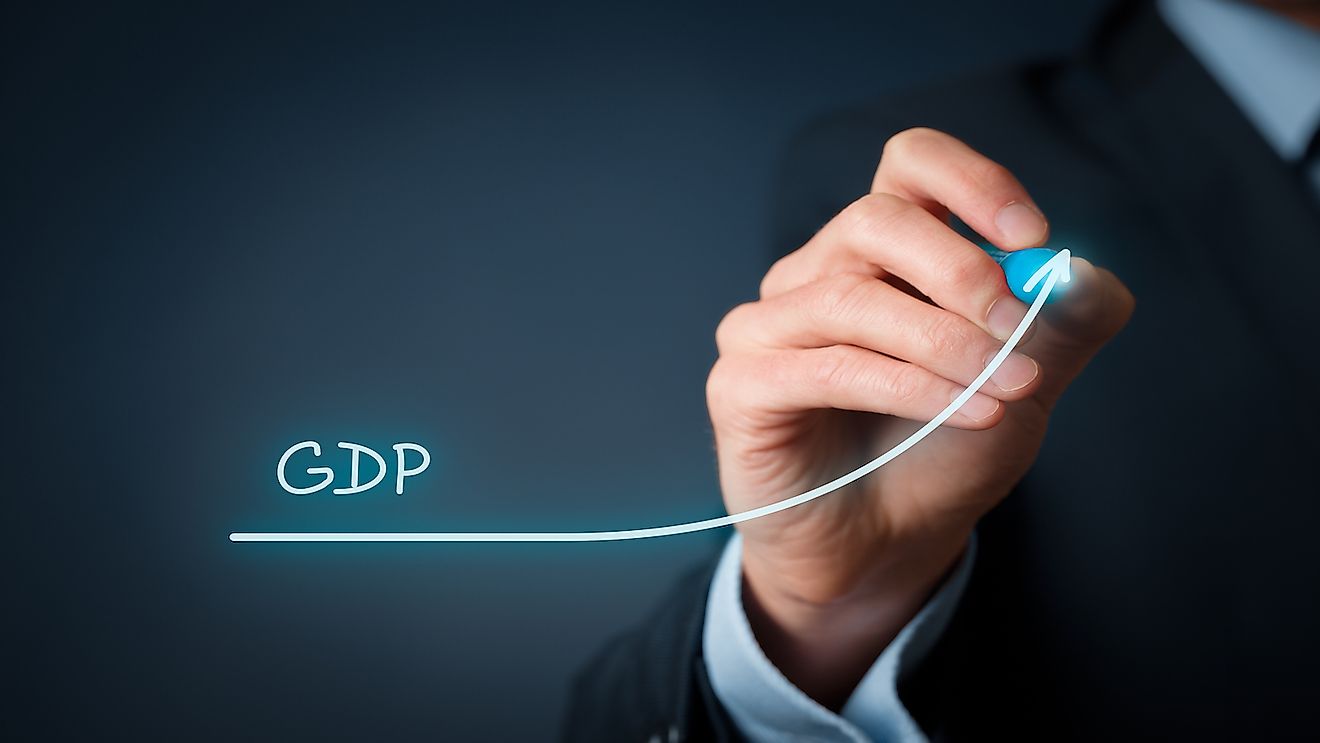What Is GDP?

GDP is one of the international metrics that are used to measure the health of a state’s economy. It is the total value of the services and products manufactured in a state in a particular duration, and it includes everything produced by both foreigners and citizens. The gross domestic product can be broken down into the contributions of each sector or industry in the country. GDP is determined by adding government spending, total investment, public and personal consumption, and foreign balance-of-trade (exports minus imports). The ratio of a region’s population to GDP is referred to as per capita GDP.
Real Versus Nominal GDP
Nominal-GDP refers to the value of the services and products manufactured in a given year. Nominal-GDP uses the current market price without considering deflation or inflation while the real-GDP accounts for the change in price levels. Economists use real-GDP to find out the health of an economy.
Calculating GDP
The GDP can be calculated using 3 methods that produce the same results. These methods are the expenditure approach, production method, or income method. The income method is based on the principle that the value of the products is equal to the income of the producers. The income approach is calculated by adding up the total income for employees, taxes less subsidies, and the gross profits of businesses. The expenditure method depends on the theory that all the produced goods must have been purchased; therefore, the price of all products is equal to everyone’s expenditure. The expenditure approach is calculated by adding up the total government expenditure, investments, consumptions, and net exports. The production approach is the most direct of all the methods, and it adds up the output of all the industries in an economy to arrive at the GDP.
What Is The Difference Between GDP And GNP?
GNP (gross national product), also referred to as GNI (gross national income), is the product produced by companies owned by the citizens of a given state. The GDP focuses on the goods produced in a region. Theoretically, GNP and GDP would be equal if all the productive businesses in a country were owned by its citizens, and if these citizens did not have companies outside their country. However, foreign investments make GNI and GDP different. Foreign investments in a given country are counted as part of the GDP and not GNI.
GDP For Investors And Economists
Economic growth and production in a country have a significant impact on everyone living within its boundaries. When the economy is healthy, wages will increase, and unemployment will reduce. An economist uses the GDP to find out if a country is growing or if it’s in recession. A negative or positive change in a region’s GDP can affect the stock market. A poor economy translates to lower income for businesses which results in low stock prices. Investors look at a region’s GDP growth when devising an investment strategy or assessing an investment idea. The GDP shows the state of an economy in the previous quarter or year; therefore, it shouldn’t be used to predict how the market will change in the future.











